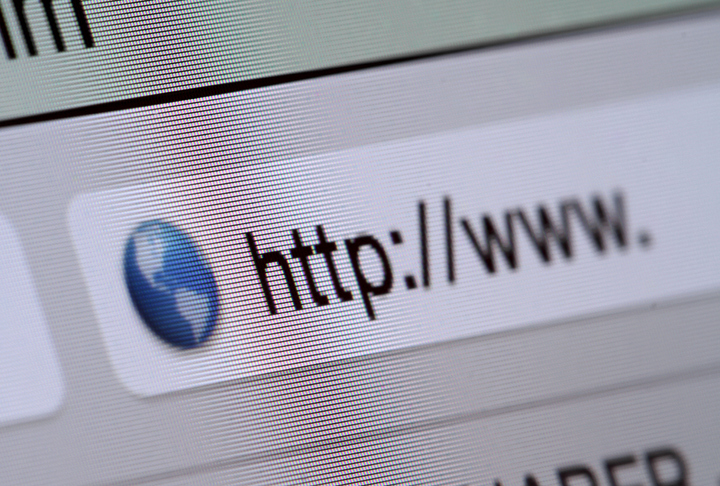
The End of URL?
Last September, the security team of Google’s Chrome suggested an unexpected idea in order to enhance our internet experience and make it more secure: getting rid of the URL’s we are accustomed to.
For the past few years, Google has been working on the URL (Uniform Resource Locator) addressing system to make it more compatible with the modern internet requirements.
Google is a company almost entirely built on indexing and ranking web pages to present them to users searching for a specific term. So, such an idea of abandoning web addresses may seem rather eccentric for the company. But one has to keep in mind that users and advertisers will trust the search results more if Google makes the internet safer.
Chrome’s engineering manager Adrienne Porter Felt makes the following statement on the downsides of URLs:
“People have a really hard time understanding URLs. They’re hard to read, it’s hard to know which part of them is supposed to be trusted, and in general, I don’t think URLs are working as a good way to convey site identity. So we want to move toward a place where web identity is understandable by everyone—they know who they’re talking to when they’re using a website and they can reason about whether they can trust them. But this will mean big changes in how and when Chrome displays URLs. We want to challenge how URLs should be displayed and question it as we’re figuring out the right way to convey identity.”
Endless complex URL strings provide an easy way for efficient deceit methods of digital attackers. They are able to execute cyber-attacks by creating malicious URL’s that look like legitimate links, hoping that users do not notice they are G00gle instead Google. Chrome security expert Emily Stark says, “People should know easily what site they’re on, and they shouldn’t be confused into thinking they’re on another site. It shouldn’t take advanced knowledge of how the internet works to figure that out.”
It is currently unclear how an internet without addresses will look like. Google had made an experimental attempt in 2014, where only the main domain names of websites were displayed. Now they are trying to make things secure by alerting users whenever an address they’re visiting doesn’t fit the HTTPS standard.
REFERENCES
- 1. https://www.wired.com/story/google-chrome-kill-url-first-steps/
- 2. https://www.digitaltrends.com/web/google-wants-to-kill-urls-to-make-the-internet-safer/
- 3. https://www.extremetech.com/computing/276454-google-wants-to-kill-the-url
